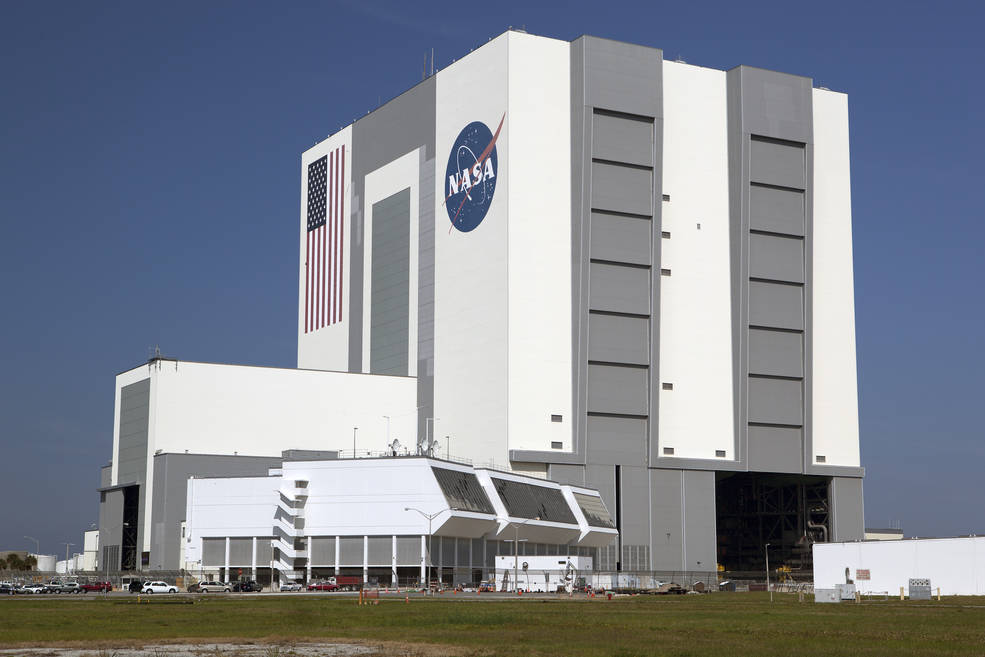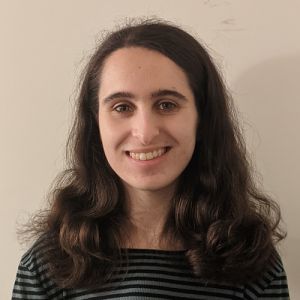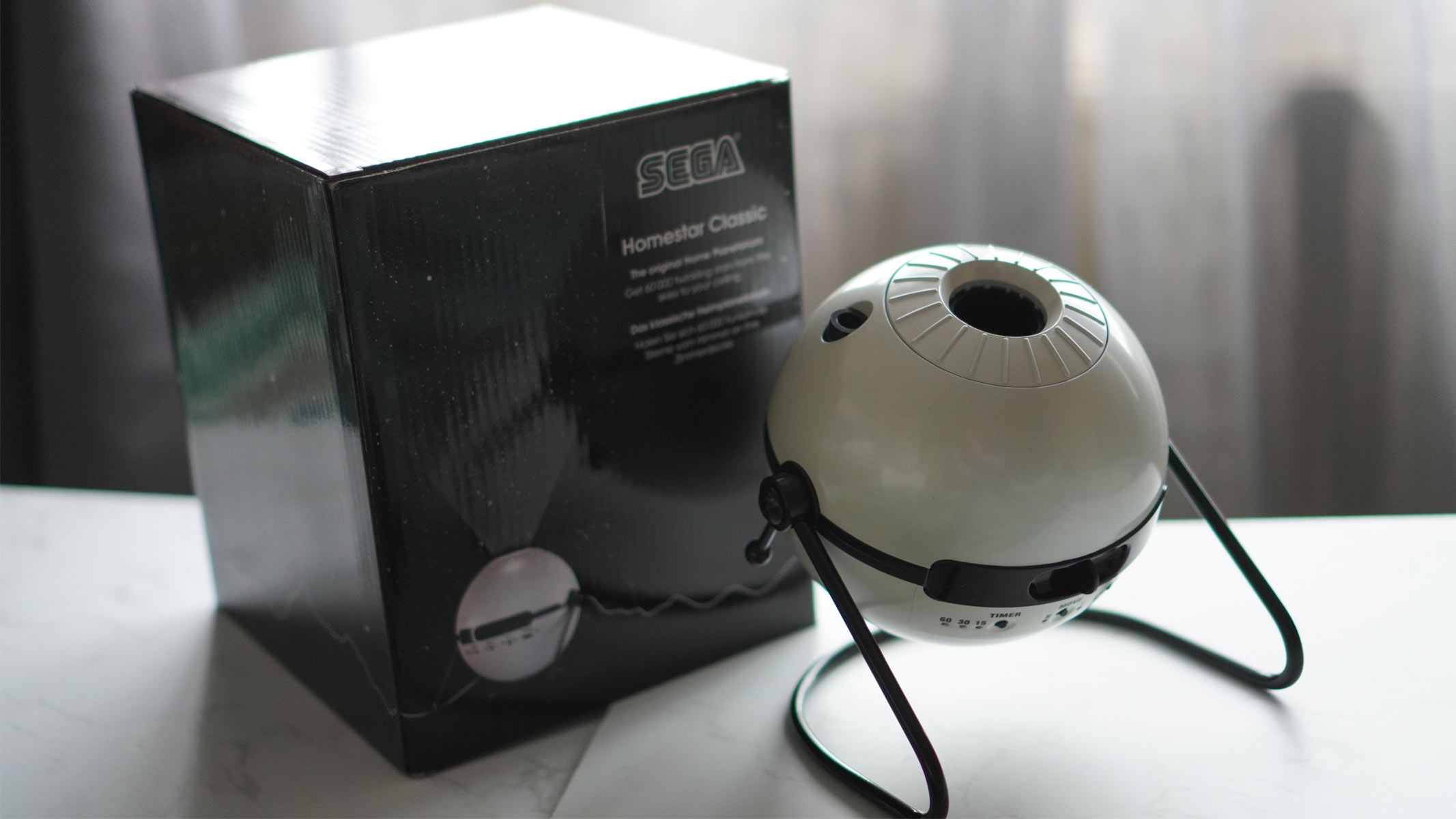NASA, ESA experts weigh in on diversity and inclusion in space

If you look at pictures of some of NASA’s first astronauts, you might notice they all have something in common — every one of them is a white man.
While there is much progress still to be made, in recent years more women and people of color have trained as astronauts and traveled to the International Space Station. But there is still work to be done; women were only able to apply to NASA's astronaut corps starting in 1983 and, to date, out of about 600 people who have been to space, far less than 100 have been people of color, and only four Black women in history have been to space.
During a panel discussion on diversity and inclusion in spaceflight on Nov 10 titled "Opening Spaceflight for Everybody" during Spaceflight for Everybody Virtual Symposium, NASA scientists as well as European researchers discussed different ways that U.S. and European space programs could work to become more diverse and inclusive. They touched on possible methods, from funding research by scientists from marginalized backgrounds to training the first astronaut with a physical disability. Ultimately, they aim for scientists, astronauts and space researchers to accurately represent the diversity of humankind.
Related: Sian Proctor makes history with SpaceX's Inspiration4 as first-ever Black female spacecraft pilot
"We need to keep it fair, we need to have equity in the way people are represented throughout the program," Kenneth Bowersox, Deputy Associate Administrator for NASA's Space Operations Mission Directorate, said during the panel.
Bowersox emphasized that groups of people with different backgrounds and perspectives offer a wider variety of unique contributions. Bowersox, a former astronaut, described being in a flight simulation with two people he usually worked with and a less-experienced crew member he rarely did. Something was going wrong in the simulation, but no one could figure out what it was. The less-experienced crew member pointed out some strange readings that the others hadn’t noticed. This person saved the group from failing the simulation, Bowersox said, because of his difference in perspective.
"Having somebody in the crew who is different is extremely powerful, and they can really help you," said Bowersox.
Get the Space.com Newsletter
Breaking space news, the latest updates on rocket launches, skywatching events and more!
NASA also has awards that support early career scientists from marginalized backgrounds through its Minority University Research and Education Project, supporting colleges and universities that serve students such as Historically Black Colleges and Universities and Tribal Colleges and Universities. These awards can support anything from research infrastructure to curriculum development. Additionally, NASA's program the Established Program to Stimulate Competitive Research funds research in states where less tends to take place, like New Mexico, Oklahoma and Louisiana.
"We want the best ideas from everyone, regardless of their background," said Maneesh Arya, NASA’s Analog Mission Coordinator, during the conference.
Space agencies are also taking the first steps to include disabled people in human spaceflight. The European Space Agency’s Parastronaut Feasibility Project will select one astronaut candidate with a physical disability to train and work with scientists as part of the project. This person will be selected alongside other astronauts without disabilities as part of the ESA’s 2021 astronaut selection process. This person is not guaranteed to go to space, however the parastronaut selected will go through extensive training and research with the ESA as part of this program in order to determine whether they can safely travel to space.
No other space agency has ever even tried to include physically disabled astronauts. For this initial project, the ESA is only considering people who have one of three physical disabilities – lower limb deficiency, a leg length difference, or short stature less than 130 centimeters.
So far, about 250 people have applied for the position; the agency is seriously considering 86 applicants, said Guillaume Weerts, the Head of Space Medicine at the European Space Agency, during the conference.
About one in five Europeans have some sort of disability, so like people from other marginalized backgrounds, representing them is a matter of equity for the ESA, said Weerts during the conference. He added that "disability might become [an] ability in some circumstances." The project’s website expands on this idea, noting that "including people with special needs also means benefiting from their extraordinary experience, ability to adapt to difficult environments, and point of view."
While NASA has not announced any explicit plans to hire an astronaut with a physical disability, the ESA’s project will provide the initial research and precedent for other space agencies to consider the idea. Though no NASA astronaut with a disability has gone to space, in September, Hayley Arceneaux, a physician assistant at St. Jude’s Research Hospital, became the first person with a prosthesis to go to space as part of an all-civilian crew led by tech billionaire and pilot Jared Isaacman. Other initiatives, like AstroAccess, created with the organization SciAccess, aim to promote inclusion of people with disabilities in spaceflight. As part of the initiative, 12 “disability ambassadors” with a variety of disabilities participated in a parabolic flight, which reproduces gravity-free conditions, in October.
NASA’s recent astronaut picks have gotten more diverse over time and the agency hopes this will continue. NASA’s Artemis program aims to land the first woman and first person of color on the moon, and NASA’s Artemis Team reflects that. The group is made up of nine men and nine women, and is also evenly split between white people and people of color.
The speakers in the session emphasized that diversity in spaceflight is not just a matter of fairness, but in doing science that benefits all people.
The reason for space research and exploration "is to expand humanity out into the solar system," said Bowersox. "Well, if it's got to be humanity, it can't just be one small group of humanity. It has to be everybody."
Join our Space Forums to keep talking space on the latest missions, night sky and more! And if you have a news tip, correction or comment, let us know at: community@space.com.

Rebecca Sohn is a freelance science writer. She writes about a variety of science, health and environmental topics, and is particularly interested in how science impacts people's lives. She has been an intern at CalMatters and STAT, as well as a science fellow at Mashable. Rebecca, a native of the Boston area, studied English literature and minored in music at Skidmore College in Upstate New York and later studied science journalism at New York University.
